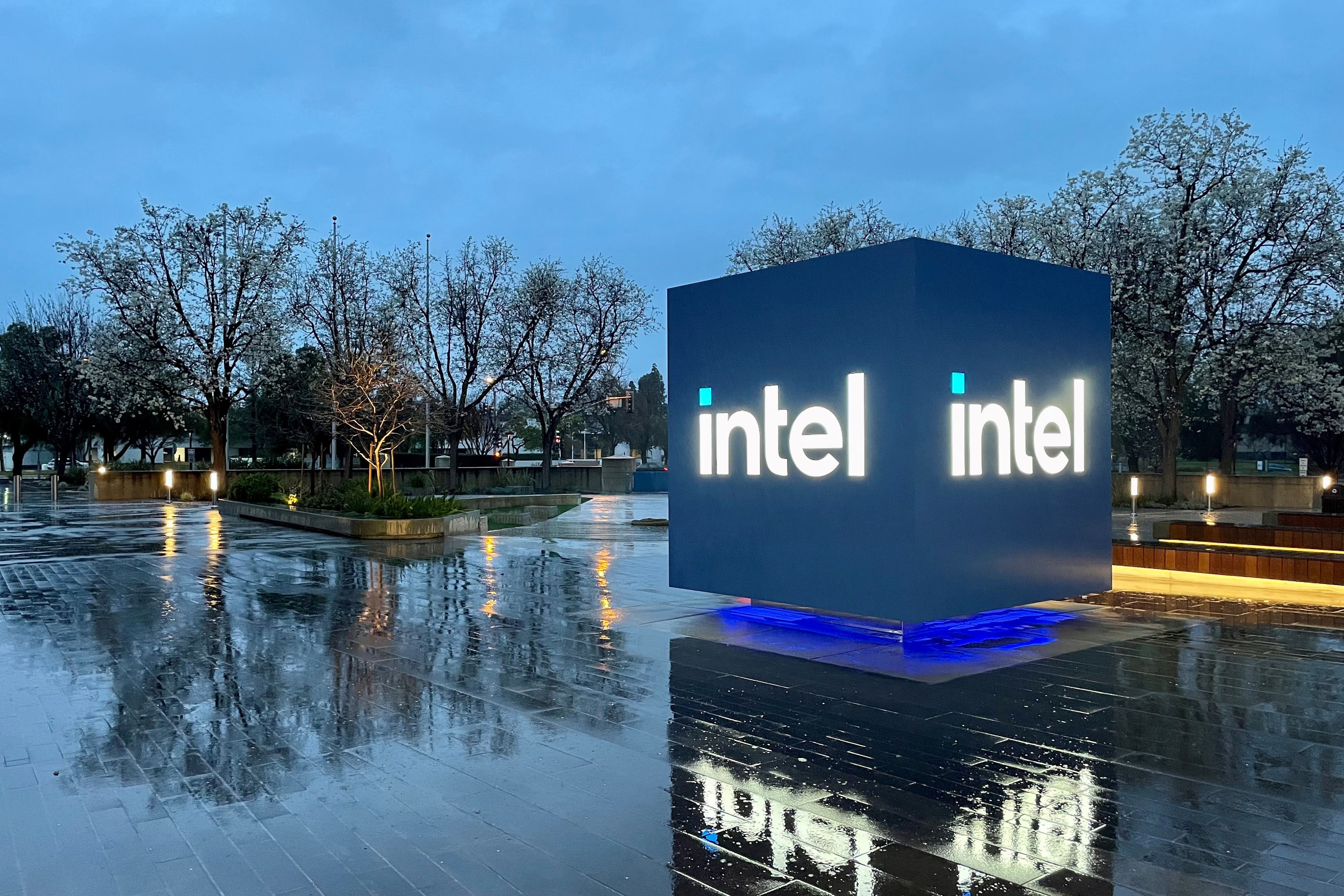
Intel is collaborating with Morgan Stanley to prepare for potential activist investor challenges, reports CNBC. Although no formal activist campaigns have been launched, Intel is taking steps to protect itself amid intensified competition with AMD, Arm, and Nvidia and financial struggles.
It's hard to pinpoint Intel's rationale for the defense. The elephant in the room is, of course, Intel's manufacturing division and its potential spinoff, something that chief executive Pat Gelsinger strongly opposes. Technically, it is the second largest foundry in the world in terms of revenue (simply because it produces all of Intel's processors), a world behind TSMC, but it is well ahead of Samsung Foundry and SMIC. With a potential 'Intel product company' as its main customer and several external clients, this is a strong contender in the contract manufacturing market.
But Intel's foundry division lost some $2.8 billion in the second quarter alone. One may argue that Intel essentially reassigned all the losses to the foundry division outside of its product division. Furthermore, that unit invested heavily in ultra-expensive High-NA EUV tools. Intel's data center and AI business generate just a little more sales than the data center business of its arch-rival AMD, which holds a considerably lower data center market share by volume.
Given the aforementioned factors, Intel's manufacturing unit looks like an attractive investment. Considering this fact, we can only wonder whether an activist investor would ask to spin off the manufacturing unit to potentially get a higher valuation of the two separate companies.
In response to the current challenges, Intel has initiated significant cost-cutting measures, including reducing its workforce by 15%, which amounts to approximately 15,000 jobs. These cuts are part of its $10 billion savings plan that involves keeping the company and its product development and manufacturing unit together.







